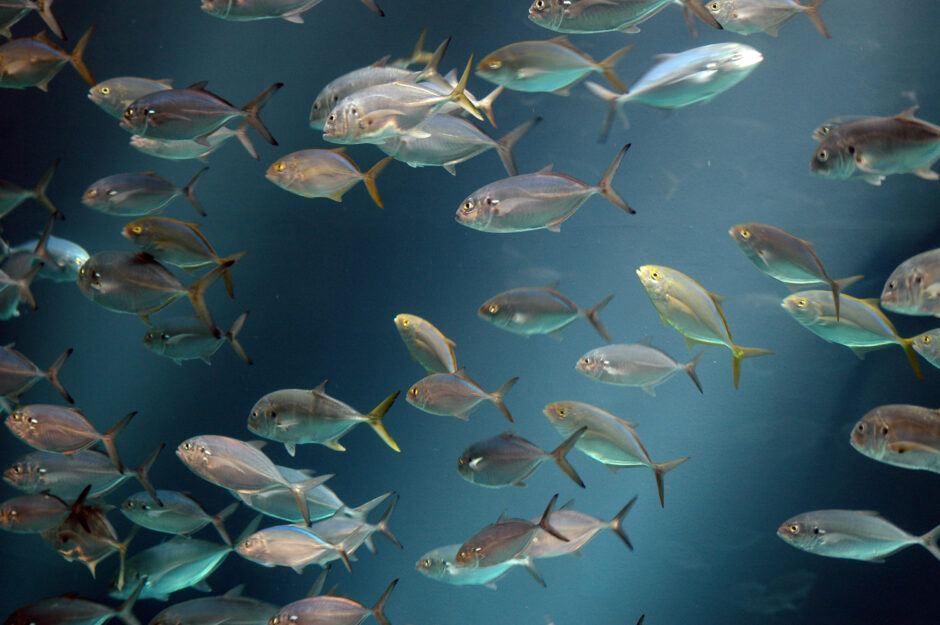To Be or Not To Be: How Researchers Name Fish Species
 Georgia Aquarium Fish (Credit: Mike Johnston via Flickr CC BY 2.0))
Georgia Aquarium Fish (Credit: Mike Johnston via Flickr CC BY 2.0))Species names are unique and one of the most exciting parts of taxonomic research. However, with species named after Zorro and Gollum, one has to wonder exactly how scientists pick names for species. Every year, marine and freshwater researchers discover dozens of new species, all of whom need names to suit the creature.
Why Species Names are Important
Scientific species names are important for researchers and scientists across the world. When discussing with researchers from across the globe, it’s a bit too unspecific to simply say salmon. ABC News provides the following example: if talking about magpies, a researcher from Australia versus Eurasia would likely be discussing totally different species—either the Australian magpie (Cracticus tibicen) or the Eurasian magpie (Pica pica). Such differences matter in all branches of science.
The Rules of Naming Species
It may be surprising to read that naming a species and having it recognized really only requires that the name be published, as well as meeting a few other requirements to be accepted widely, according to The Guardian. First, there must be a designated holotype. A holotype is the identifying specimen that provides a baseline for the rest of the species. Obviously, it has to be different from previously established species.
These differences can be represented in a variety of ways. Whether it be through key behavioral, anatomical, genetic or other attributes, the new species has to be fundamentally and consistently different from already established species. From there, paratypes can also be established. Paratypes are related specimens that show additional features.
After defining a new species, the naming stage finally begins. There must be a generic name as well as a species name. In the case of the fish named after Zorro, Myloplus zorroi; Myloplus is the generic name, and zorroi is the species. Once the species receives a unique name, the researchers responsible for the discovery and naming must publish their findings while conforming to a host of conventions and existing rulebooks that help establish regulations to avoid confusion.
Who can Name Species?
With so many species discovered a year, researchers have their work cut out for them in trying to come up with creative names each time–it’s no wonder some organizations have decided to open up naming some of their discovered species to donors. For example, Scripps Institution of Oceanography spends the year researching marine species and often uncovers previously unknown species.
Naming a new species, though exciting, can be stressful, time-consuming and tedious for researchers specializing in the field. So, organizations like Scripps offer the opportunity to name a species for a $5,000 donation, lifting the burden from researchers and extending the opportunity to supporters of their research



0 comments